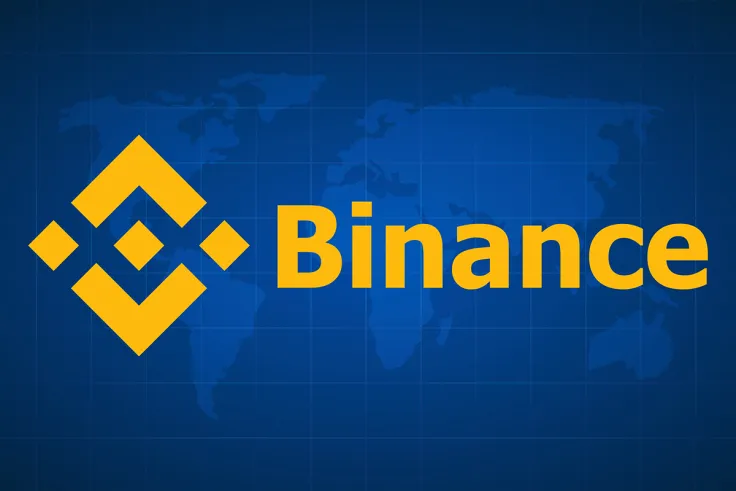
The BEP-95 update proposal has been introduced on public Binance Chain Github, which will introduce a real-time fee-burning mechanism just like the one that is being utilized now on the Ethereum chain. The main goal of the new mechanism inside the chain is to make BNB more valuable and speed up the burning process.
Two main goals of the mechanism are the speeding up of the burning process of BNB and further decentralization of BSC. The new update includes two mechanisms that will impact the network: the burning of the fixed fee that is currently being distributed to validators and a manageable burn ratio.
With the introduction of the burning mechanism for BSC, the process of the BNB burn will significantly increase, which will positively impact the intrinsic value of the coin. Previously, due to a deflationary effect, Ethereum's price increased significantly in addition to an overall positive market structure.
BNB holders will be the ones to decide the redistribution of gas rewards on the network. The contributor expects validators and delegator rewards to decrease in BNB. But since the circulating supply might decrease significantly, the contributor expects to see a rise in USD value after the update.
Since there are no mining rewards inside the BSC network like those on the Bitcoin and Ethereum chains, the gas fee is being redistributed among validators. On the BSC network, the gas fee is collected from each validated block on the network and then distributed among two smart contracts.
If the network agrees to implement the update, the governable "burnRatio" parameter will be introduced to the network. At the end of each block, the validator will be able to invoke the deposit function, which will then initiate the burning mechanism. The burn of the coins will be achieved by transferring fees to the specified burn address.

 Godfrey Benjamin
Godfrey Benjamin Gamza Khanzadaev
Gamza Khanzadaev Alex Dovbnya
Alex Dovbnya Tomiwabold Olajide
Tomiwabold Olajide